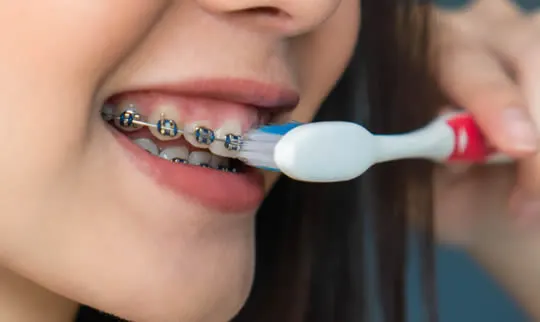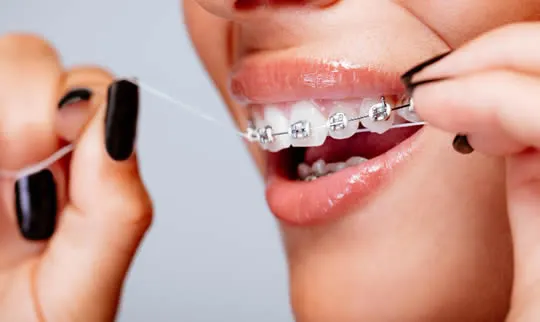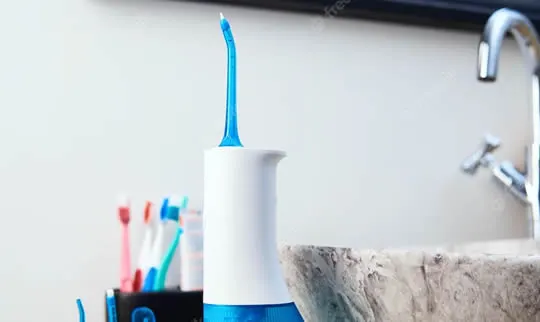If your child has recently received braces or if you’re preparing for this milestone, congratulations! They are on their way to a healthier, more beautiful smile. During the time your child wears braces, it’s important to follow basic guidelines for caring for both the braces and teeth.
In the first few days after getting braces, your child may experience tenderness in their teeth. This is a normal part of the treatment process, and the discomfort will quickly fade. It’s actually a positive sign that the teeth are starting to move.
Meanwhile, it’s never too early to start practicing good oral hygiene and making adjustments to daily habits to protect your child’s teeth and mouth while the braces do their job. The sooner your child adopts these tips for caring for braces and establishes healthy habits, the better their teeth and mouth will be in the long run.
Brushing
When it comes to brushing while wearing braces, it is recommended to adhere to the two-by-two routine: brush twice a day for two minutes each time. Opt for fluoride toothpaste and a soft-bristled brush. Prior to brushing, ensure that your child removes any rubber bands or other removable accessories. Then, proceed with the following steps. For a duration of two minutes, start on the upper teeth and, using a gentle circular motion, gradually move the toothbrush across each tooth. Encourage your child to ensure that the brush reaches below the wires, thoroughly cleaning both the areas above and below the braces. Once they have completed this for all the upper teeth, shift their focus to the lower teeth and repeat the process.
Floss and Mouthwash
Due to the limitations of a toothbrush in reaching every crevice and gap between teeth, it is important for your child to incorporate daily flossing into their oral hygiene routine. To effectively clean between each tooth and eliminate any food particles missed by the toothbrush, they should use a threader or another flossing aid. After brushing and flossing, it is essential to remind them to rinse with mouthwash, as it can reach and address any stubborn areas requiring extra care.
Waterpik
While oral irrigators like the Water Pik cannot fully substitute traditional flossing, they can serve as a valuable addition to your oral hygiene routine when wearing braces. Incorporating an oral irrigator may require some initial practice to become comfortable with its usage, but once integrated into your daily routine, many patients find it highly beneficial. Oral irrigators can effectively assist in eliminating stubborn food particles that may have been missed by the toothbrush and floss, making them a great tool for maintaining oral health with braces.
Look in the mirror
After following the steps, telll your child to check out their smile in front of a mirror. They should carefully examine their teeth to ensure there are no lingering or unnoticed food particles. It is also important to check for any wires that may be protruding or misaligned. Regularly inspecting the braces is advantageous as it enables prompt identification of issues, allowing them to notify the orthodontist if something appears amiss. Once they have inspected both the upper and lower braces, they can proceed to reattach any elastic bands or removable accessories they had removed prior to brushing.




